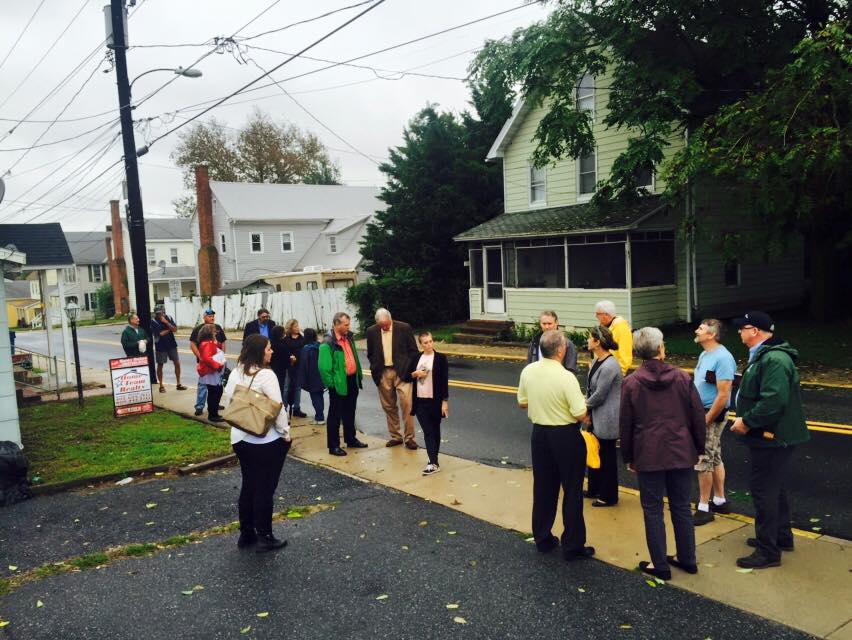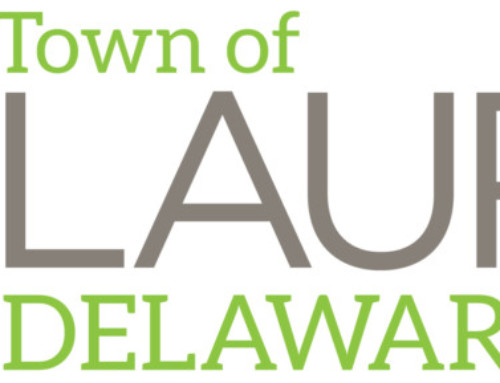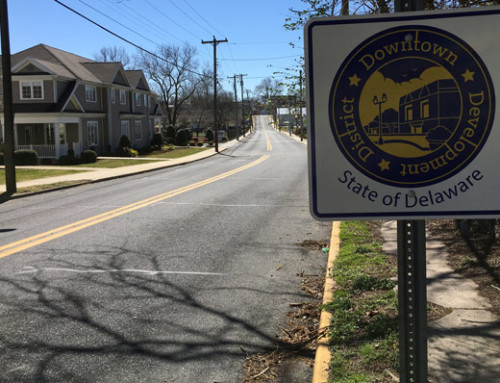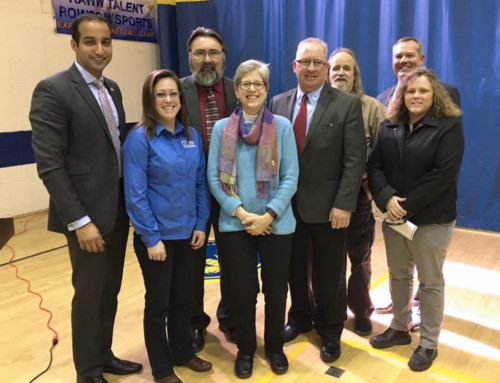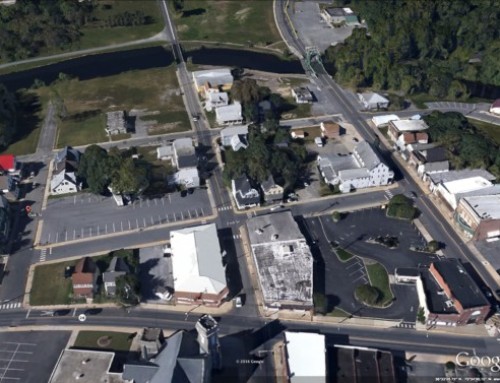Lee Ann Walling, a planner and principal of Cedar Creek Sustainable Planning Services, prepared Laurel’s latest growth plan. Her email is cedarcreekplanners@comcast.net.
Laurel’s comprehensive plan is now available for your review at this link. I invite you to read it and email me if you have questions or comments. The plan has been submitted to the Office of State Planning Coordination, which sends it out to state agencies for review. I consulted extensively with all these state agencies while gathering information for the town.
Town Council will hold a hearing on the plan on Tuesday, February 21 at 7 p.m. I do not anticipate they will vote on the plan until March. It’s important to present the plan and its findings and recommendations and give town leaders time to ask questions and perhaps suggest changes.
The plan has some overarching and interrelated themes. Rather than go into the details of the plan (it’s 104 pages, but with lot of tables and photos), I will present those themes:
We already have the tools for transformation. Laurel has been presented with many opportunities to succeed and change its destiny. In a short span of time, we have seen: The Ramble waterfront redevelopment vision start to come to life; the Downtown Development District designation; the Nature/Heritage Tourism plan; the new brand (“Laurel: Great Things Come Naturally”); grants to pay for my work with the town; and, hopefully, a Strong Neighborhoods Fund grant to build home ownership and community in the Old Town Neighborhood.
Large commercial properties along US 13 will have access to water and wastewater thanks to a $12 million USDA Rural Development project. That’s huge.
There are even more great ideas circulating out there, such as library director Tameka Beckett’s vision for an arts and information district in the block around the library. There are ideas for repurposing Dunbar Elementary into a community center.
There is no shortage of good people with good ideas in this town. Quit waiting for . . . a large housing development, a fast-food restaurant, a “Big Box” store, someone with deep pockets to be our “savior.” As was often said during the Civil Rights era, “We are the ones we have been waiting for.”
We need to decide what we are. As we have seen in the nature and heritage tourism report by Conservation Community Consultants, Laurel is incredibly well positioned to be a hub for visitors interested in history, nature and outdoor activities. No other small town in western Sussex has these untapped assets. To let that report and this potential collect dust would be a huge missed opportunity.
If we decide to embrace our potential as a nature and heritage tourism gateway town, we need to be willing to say no to other things that would conflict with or even destroy that potential. That would include any activity or development that threatens or degrades Broad Creek.
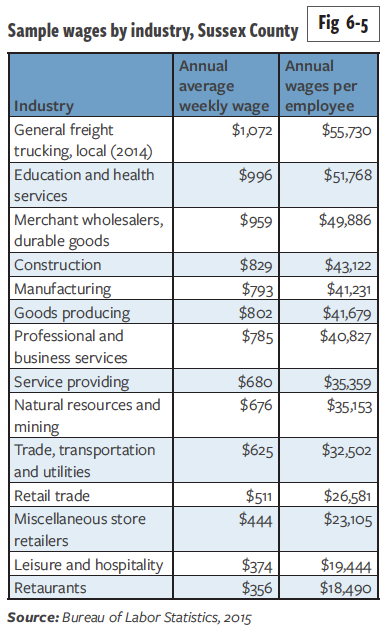
Comparison of industry wages in Sussex County. Laurel needs to attract employer that lift the town’s median household income.
We need to demand more of ourselves. As I mentioned in a previous post, Laurel needs to fiercely protect its character and history. This means toughening up on owners of vacant and deteriorating properties and landlords who view repeated fines as a cost of doing business. Doing so may create opportunities as property owners who haven’t had to make any decisions in years finally may be compelled either to clean up and rehabilitate their properties or sell to someone who will.
We need to lift ourselves up. Laurel is the poorest town in the state. While the town needs revenues, its citizens also need better jobs. There are two interesting charts in the plan – one that shows the top employers in the town, and one that shows the average wages of different kinds of jobs in Sussex County (see chart at right). A McDonald’s on US 13 could provide needed employment to high school students as “America’s Best First Job.” But the grownups need an income that can sustain a family; that is why only 78 people both live and work inside Laurel’s town limits, according to the US Census Bureau.
Also, as the plan shows, independent businesses recirculate more money back into the local economy than chain retailers do.
When your second largest employer is a grocery store, that’s a signal that a thoughtful and realistic economic development strategy based on data is sorely needed.
As a planner, I take the long view. It took decades for Laurel to become the town it is today – the good and the not-so-good. It will take determination, focus and a clear-headed, shared vision to transform it. There is no quick fix.

